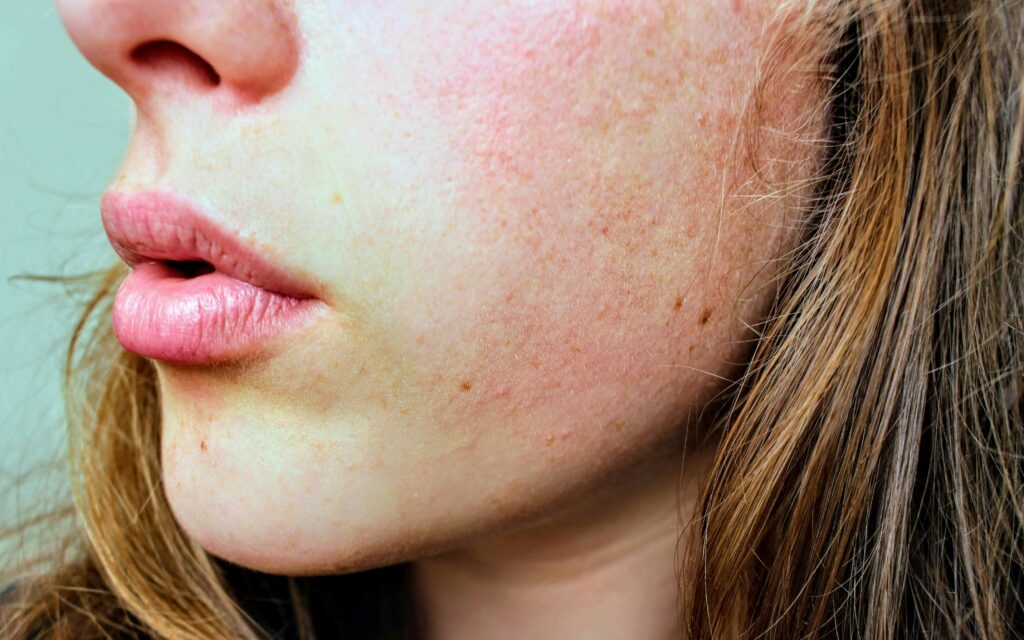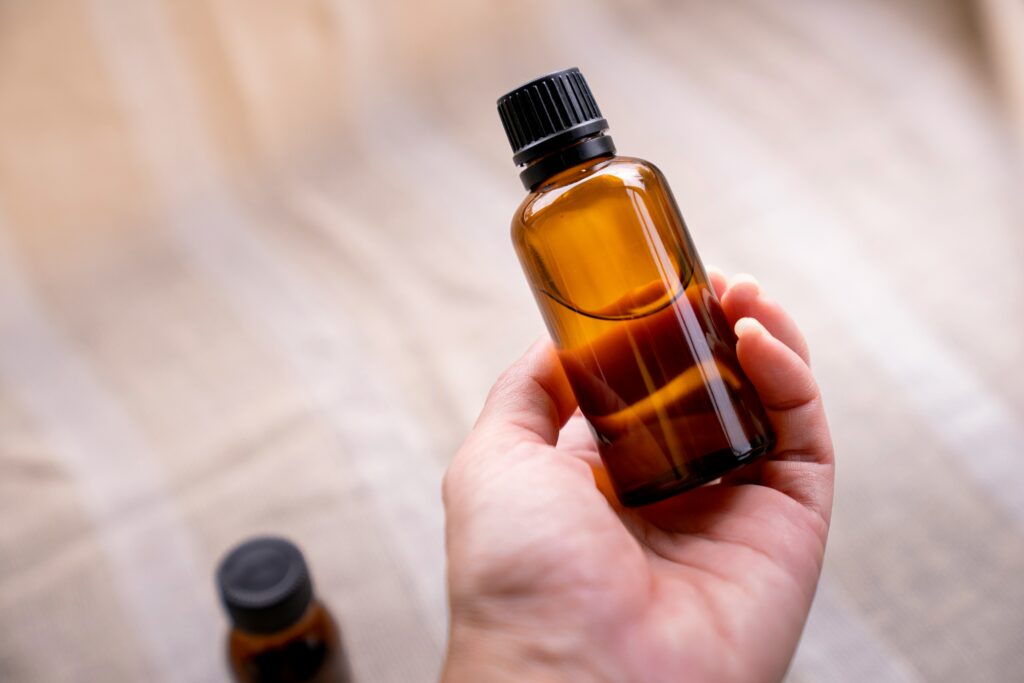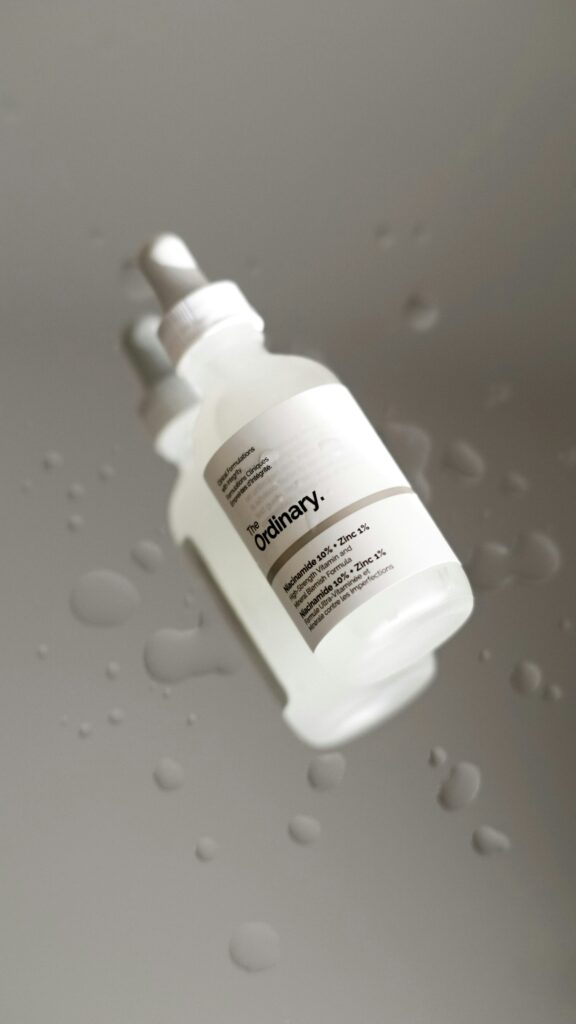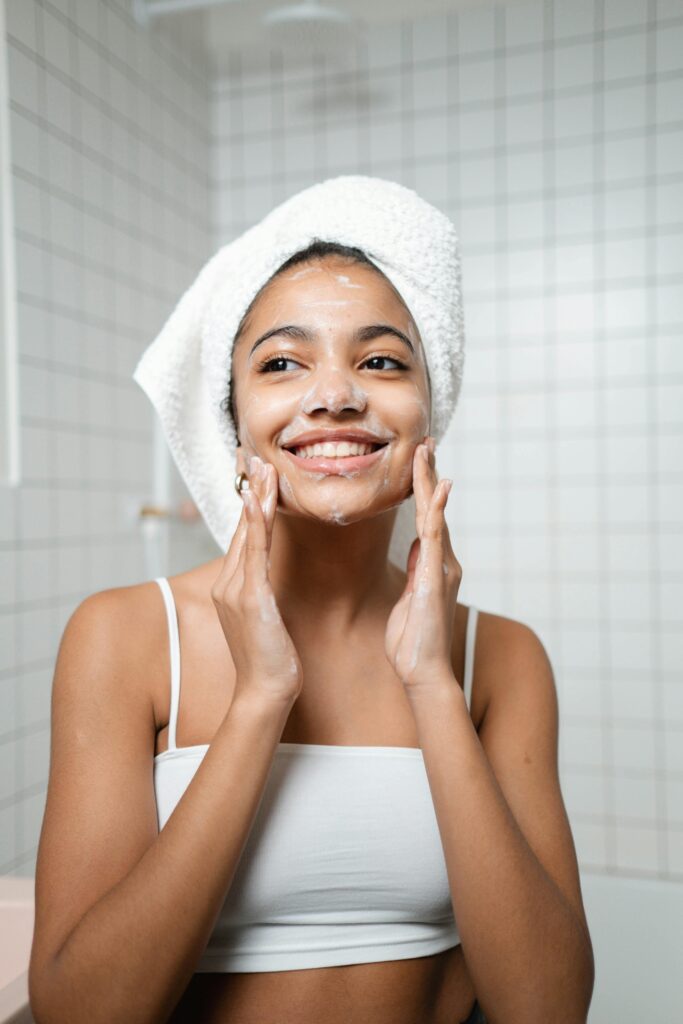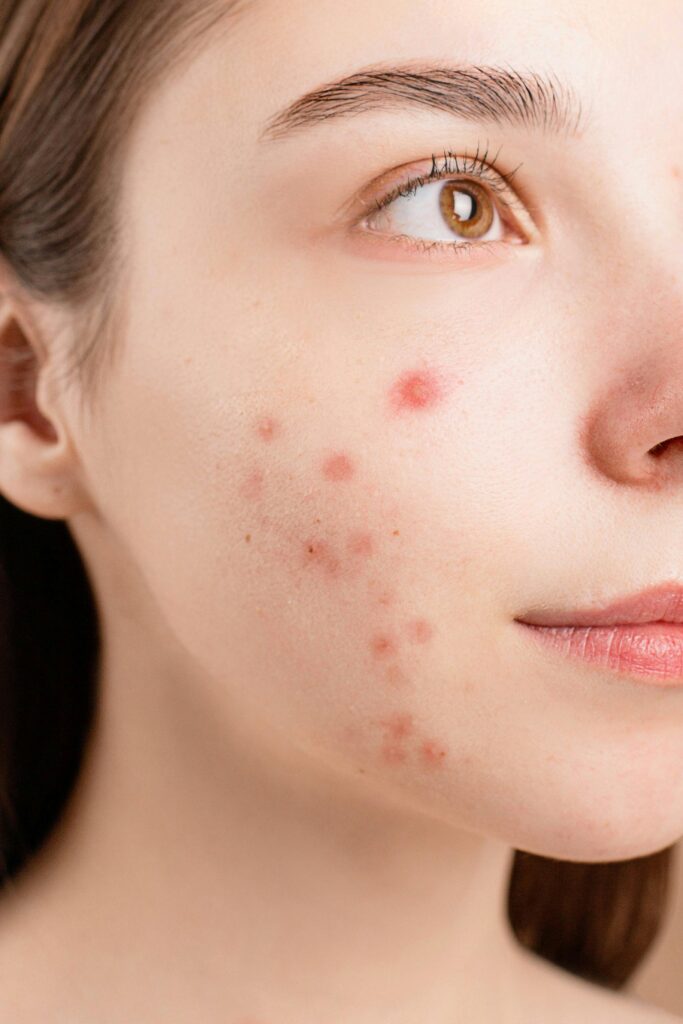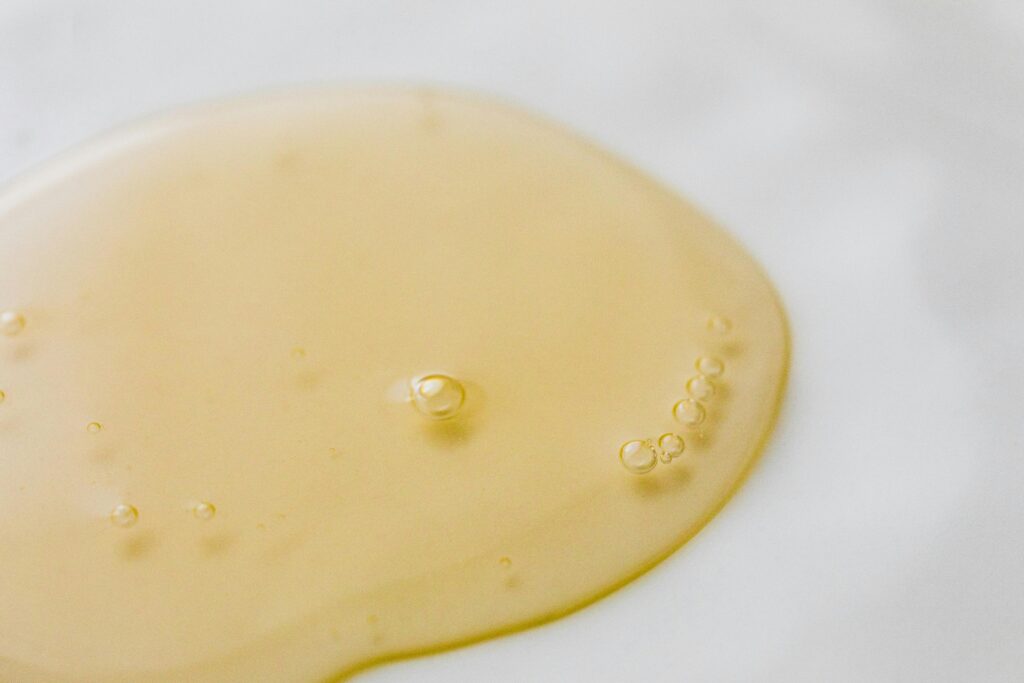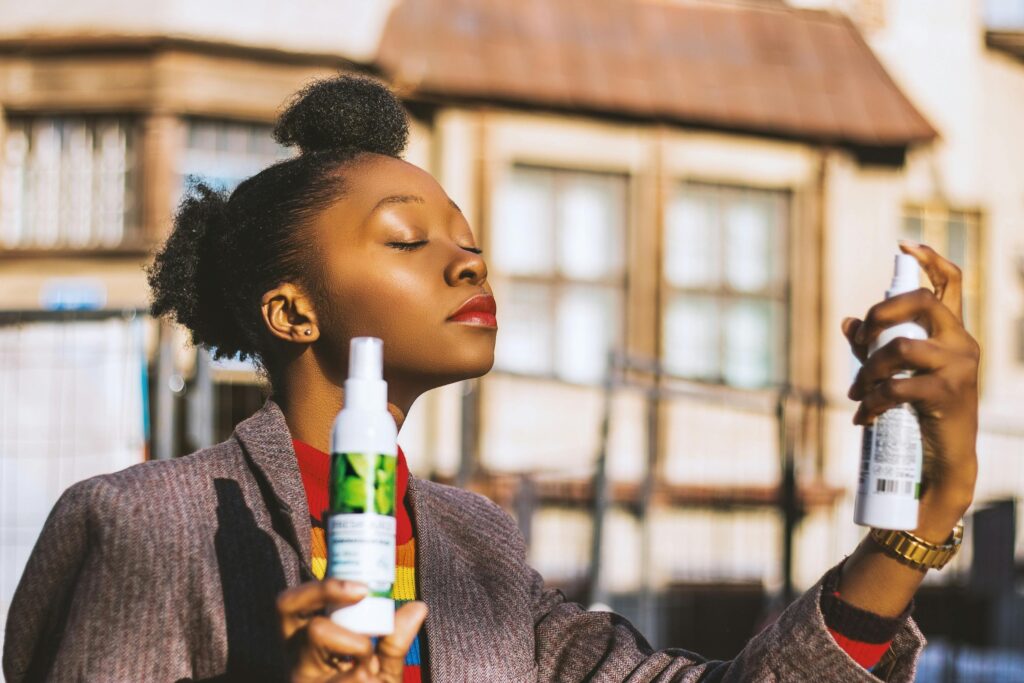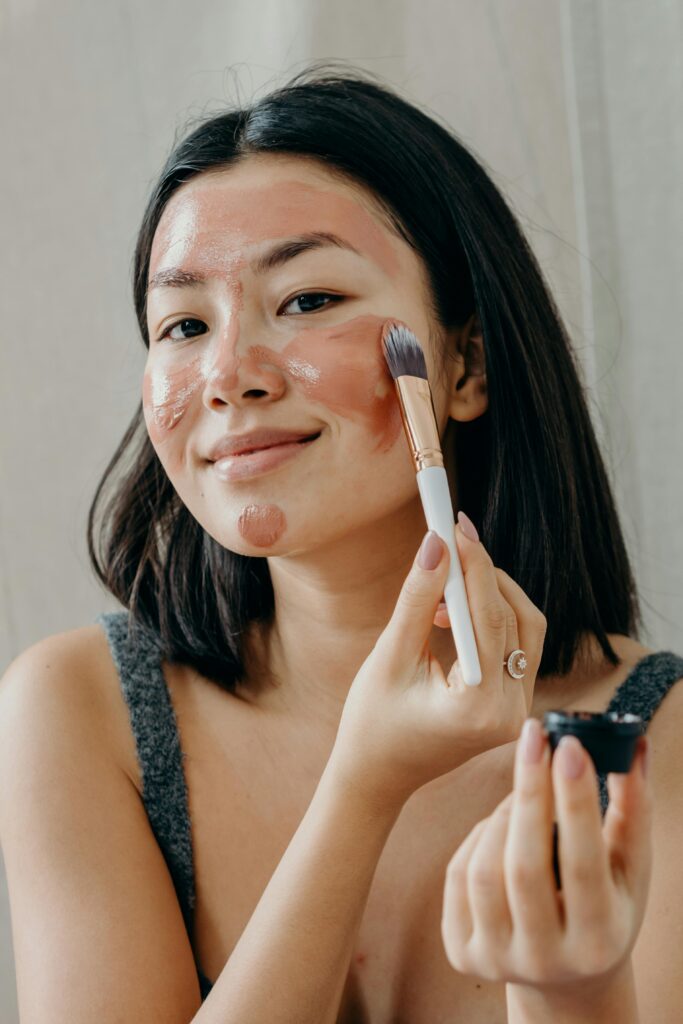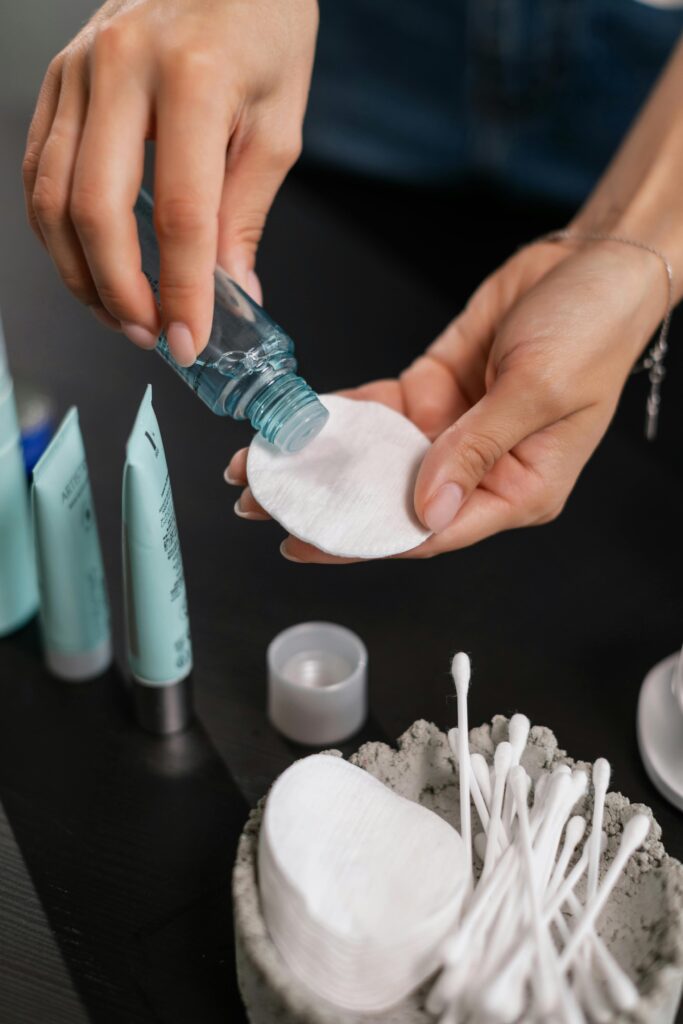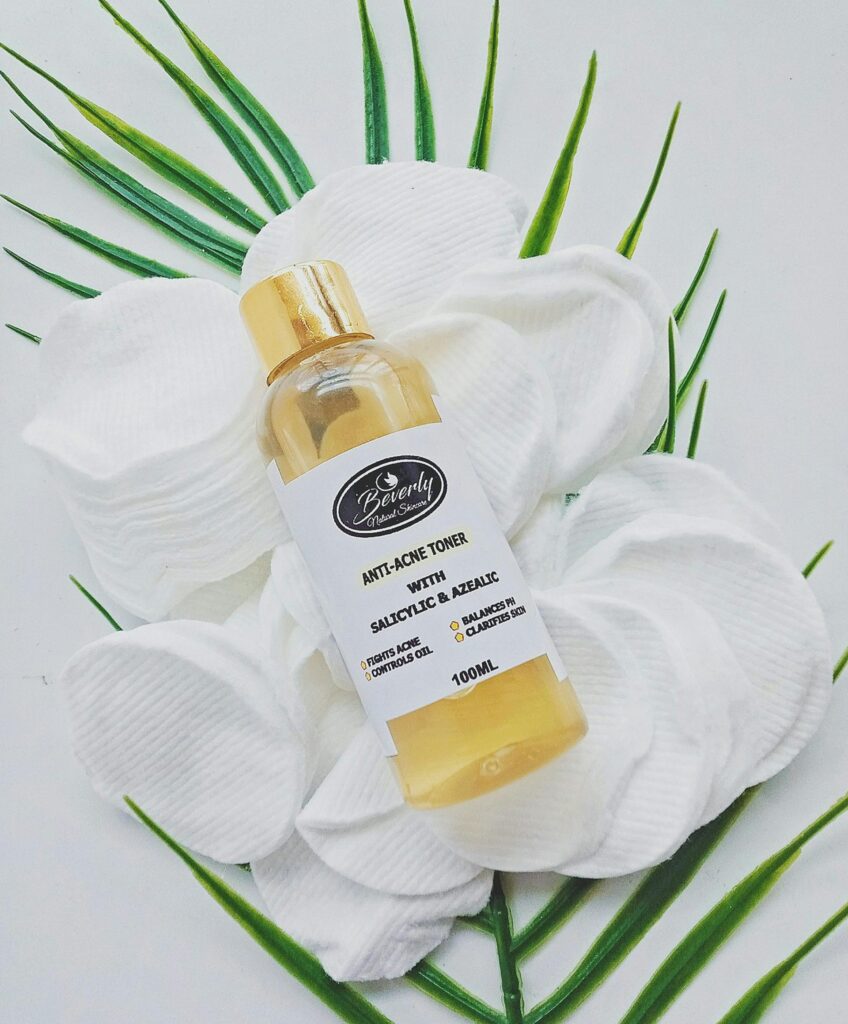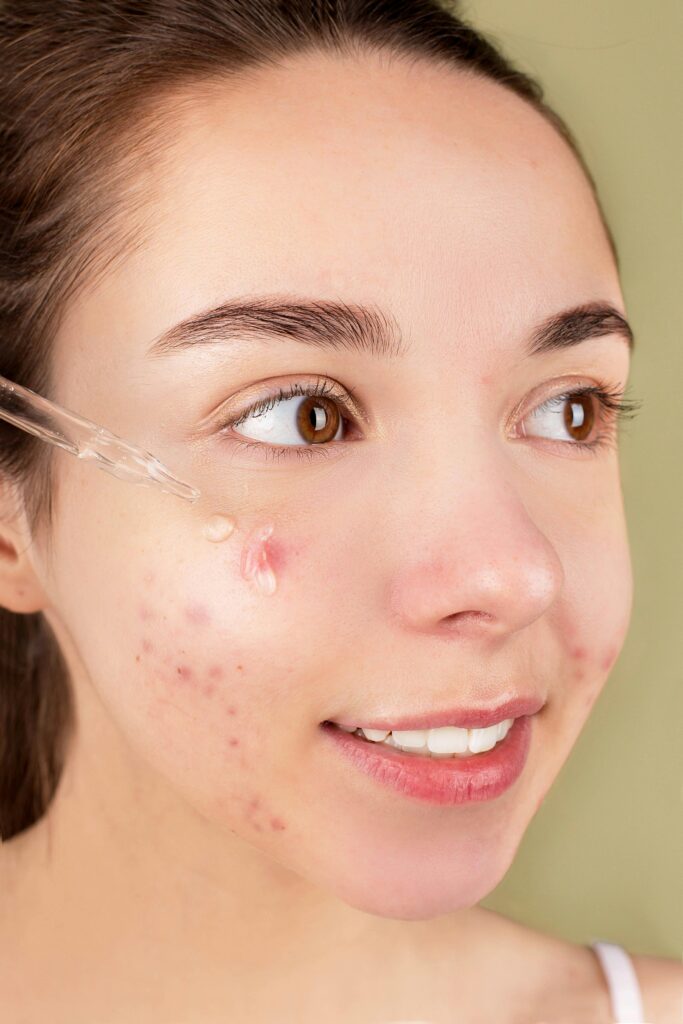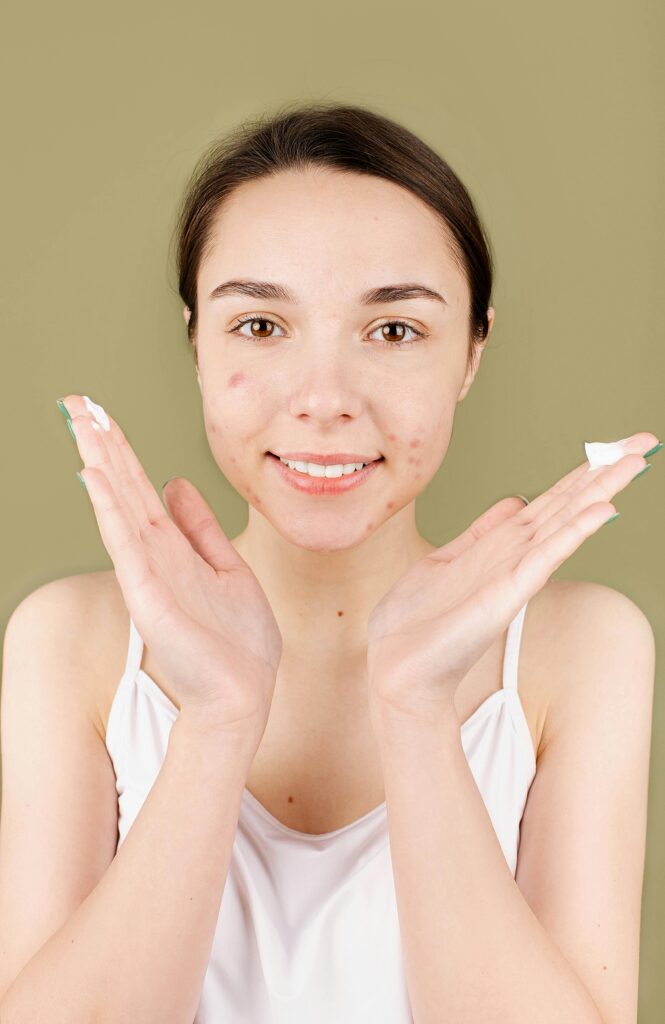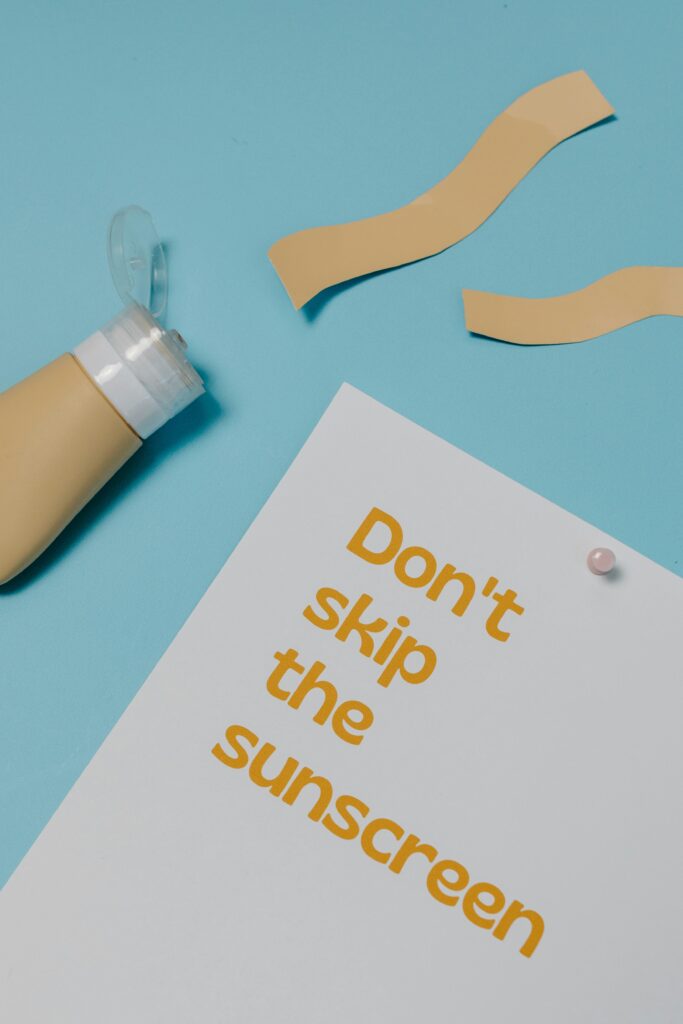Let me start with a confession: I used to dread spring skincare. After months of battling dry, flaky winter skin, the sudden shift to warmer weather left my skin confused—oily in some places, dry in others, and always on the verge of a breakout. It felt like my skin was throwing a tantrum, and I had no idea how to calm it down.
But over the years, I’ve learned how to transition my skincare routine for spring like a pro. The key? Lightweight hydration, sun protection, and a little extra TLC. Whether you’re dealing with dryness, oiliness, or just want to glow, this spring skincare routine will have your skin looking its best as the weather warms up.
Step 1: Cleanse Gently, But Thoroughly
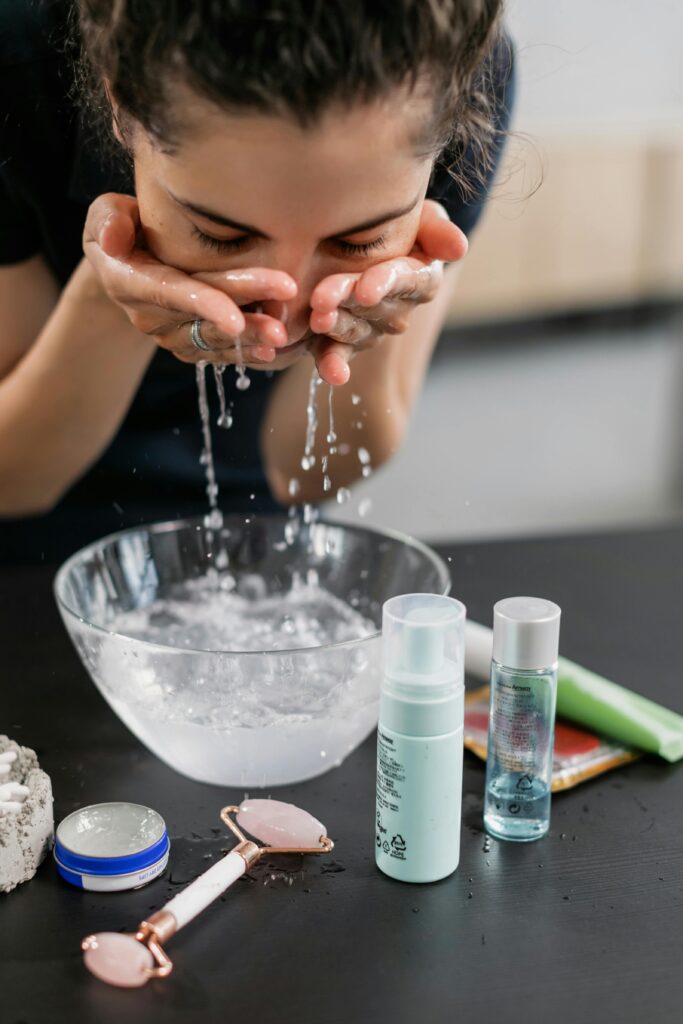
Why It Matters: Spring brings more sweat, oil, and pollen, so a good cleanse is essential. But don’t strip your skin—keep it gentle!
My Go-To Cleanser: CeraVe Hydrating Cleanser
-
- Why I Love It: It removes dirt and impurities without stripping your skin’s natural moisture barrier.
-
- How to Use It: Massage a small amount onto damp skin, then rinse with lukewarm water. Avoid hot water, as it can dry out your skin.
-
- Pro Tip: Double cleanse at night if you wear makeup or sunscreen. Start with an oil-based cleanser to break down makeup, then follow with a gentle cleanser like CeraVe.
Step 2: Exfoliate (But Don’t Overdo It)
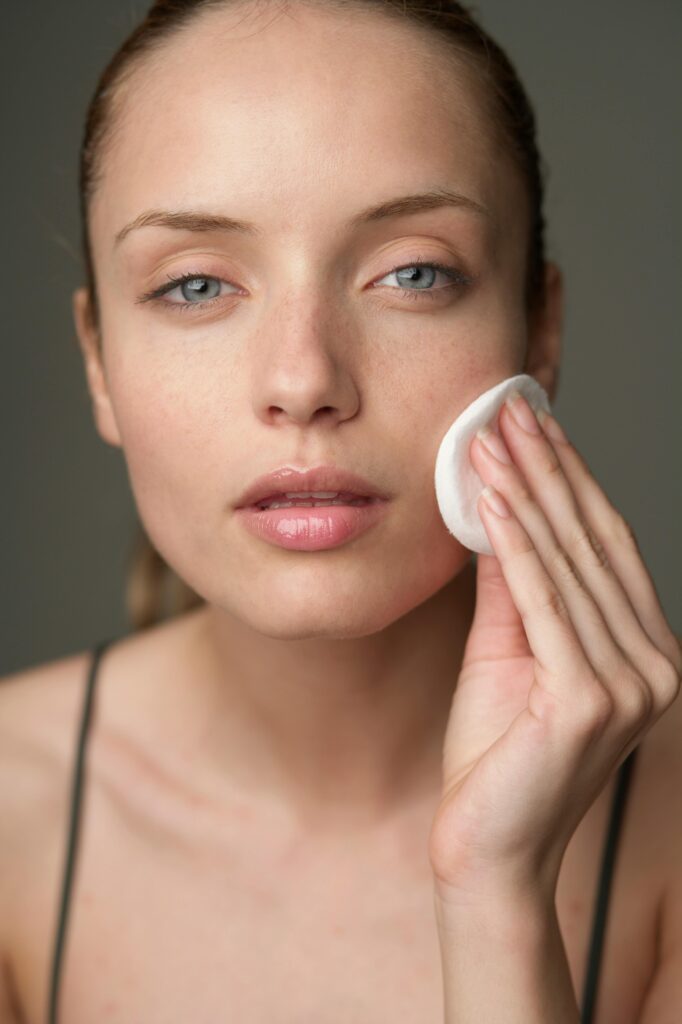
Why It Matters: Exfoliation removes dead skin cells and helps your products absorb better. But over-exfoliating can irritate your skin, especially as it adjusts to the new season.
My Go-To Exfoliator: Paula’s Choice Skin Perfecting 2% BHA Liquid Exfoliant
-
- Why I Love It: It’s gentle, effective, and perfect for unclogging pores. The 2% salicylic acid (BHA) works deep within pores to prevent breakouts.
-
- How to Use It: Apply a few drops to a cotton pad and swipe it over your face after cleansing. Start with 1-2 times a week and increase as needed.
-
- Pro Tip: If you have sensitive skin, opt for a physical exfoliator with fine particles, like Dermalogica Daily Microfoliant.
Step 3: Hydrate with a Lightweight Serum
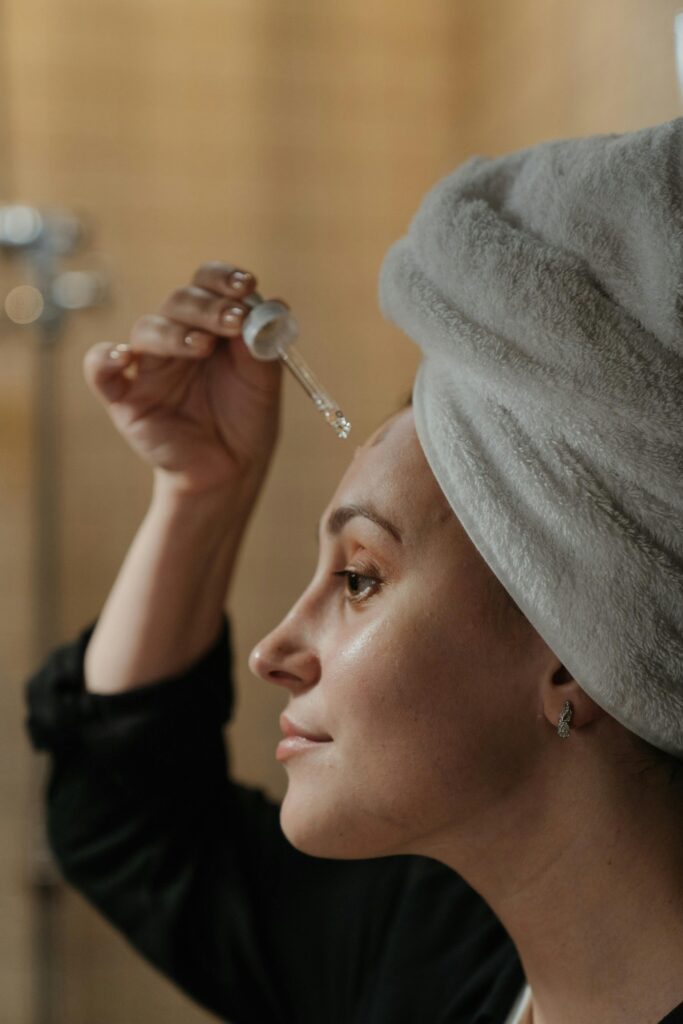
Why It Matters: Spring humidity can make heavy creams feel greasy. Switch to a lightweight serum for hydration that won’t clog your pores.
My Go-To Serum: The Ordinary Hyaluronic Acid 2% + B5
-
- Why I Love It: It plumps and hydrates without feeling heavy. Hyaluronic acid attracts moisture to your skin, while vitamin B5 soothes and repairs.
-
- How to Use It: Apply a few drops to damp skin after cleansing and exfoliating. Gently pat it in to help it absorb.
-
- Pro Tip: Layer it under your moisturizer for an extra boost of hydration.
Step 4: Moisturize for Your Skin Type

Why It Matters: Even in spring, your skin needs moisture—just adjust the formula for the season.
My Go-To Moisturizers:
-
- For Oily Skin:Neutrogena Hydro Boost Water Gel
-
- Why I Love It: It’s lightweight, oil-free, and packed with hyaluronic acid to hydrate without clogging pores.
-
- For Oily Skin:Neutrogena Hydro Boost Water Gel
-
- For Dry Skin:First Aid Beauty Ultra Repair Cream
-
- Why I Love It: It’s rich but not greasy, and it’s packed with colloidal oatmeal to soothe dry, irritated skin.
-
- For Dry Skin:First Aid Beauty Ultra Repair Cream
-
- For Combination Skin:La Roche-Posay Toleriane Double Repair Face Moisturizer
-
- Why I Love It: It balances hydration and repairs the skin barrier, making it perfect for combination skin.
-
- For Combination Skin:La Roche-Posay Toleriane Double Repair Face Moisturizer
How to Use It: Apply a pea-sized amount to your face and neck after your serum. Use morning and night.
Pro Tip: Look for non-comedogenic formulas to avoid clogged pores.
Step 5: Don’t Skip Sunscreen
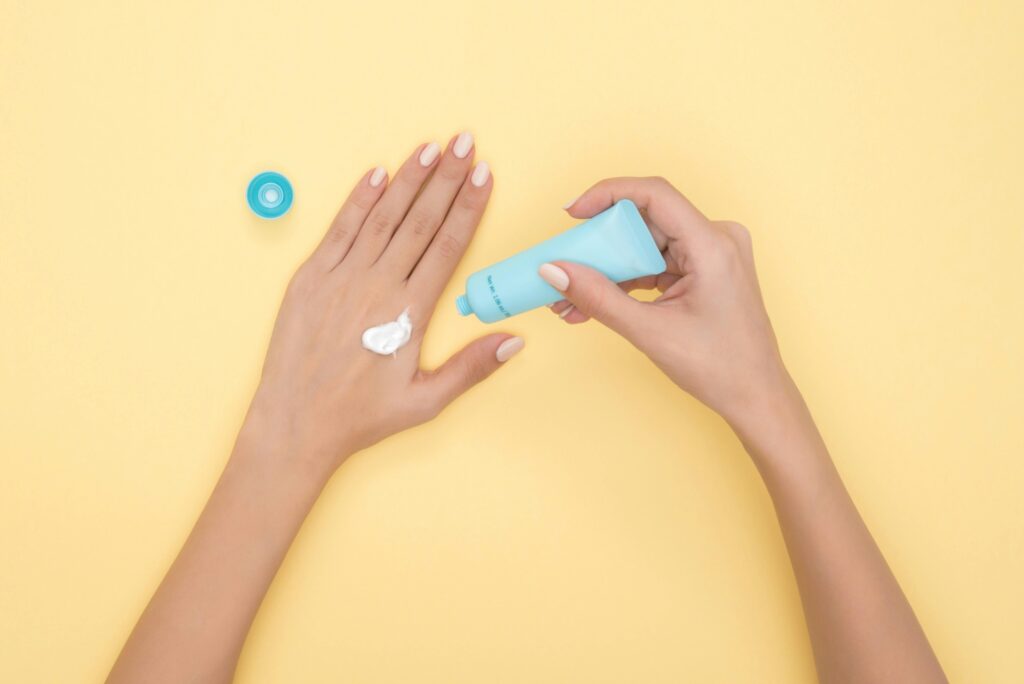
Why It Matters: Sun damage is the #1 cause of premature aging, and spring sun can be just as harsh as summer rays.
My Go-To Sunscreen: EltaMD UV Clear Broad-Spectrum SPF 46
-
- Why I Love It: It’s lightweight, non-greasy, and perfect for sensitive skin. It also contains niacinamide to calm redness and improve texture.
-
- How to Use It: Apply a generous amount to your face and neck as the last step in your morning routine. Reapply every 2 hours if you’re outdoors.
-
- Pro Tip: Don’t forget your ears, neck, and hands—they’re often overlooked but just as prone to sun damage.
Step 6: Treat Seasonal Concerns

Why It Matters: Spring can bring unique skin challenges, like allergies or increased oil production.
My Go-To Treatments:
-
- For Redness: BMBCO The Cica Serum
-
- Why I Love It: It’s packed with centella asiatica to soothe irritation and reduce redness.
-
- For Redness: BMBCO The Cica Serum
-
- For Breakouts: Murad Rapid Relief
-
- Why I Love It: It contains salicylic acid to unclog pores and reduce inflammation.
-
- For Breakouts: Murad Rapid Relief
-
- For Dullness:TruSkin Vitamin C Serum
-
- Why I Love It: Vitamin C brightens skin, fades dark spots, and boosts collagen production.
-
- For Dullness:TruSkin Vitamin C Serum
How to Use It: Apply treatments after your serum and before your moisturizer. Use them 2-3 times a week, depending on your skin’s needs.
Pro Tip: Patch test new products to avoid irritation.
Step 7: Refresh Throughout the Day
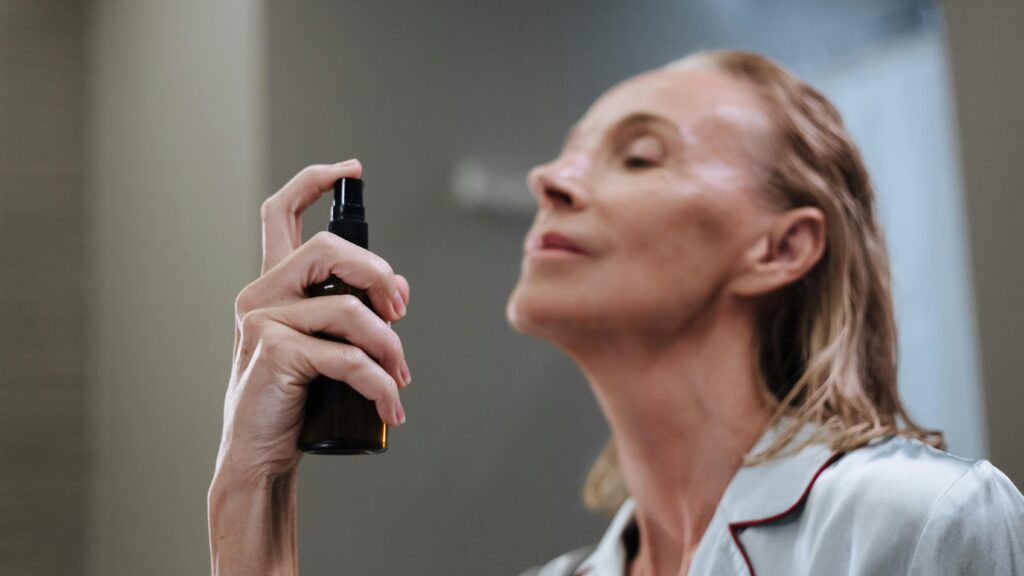
Why It Matters: Warmer weather can make your skin feel greasy or dry by midday.
My Go-To Refresher: Avene Thermal Spring Water
-
- Why I Love It: It soothes and hydrates without messing up your makeup.
-
- How to Use It: Spritz it on your face throughout the day to refresh and hydrate.
-
- Pro Tip: Keep a mini bottle in your bag for on-the-go refreshment.
FAQs (Steal These Featured Snippets!)
Q: How often should I exfoliate in spring?
A: 1-2 times a week is ideal. Over-exfoliating can irritate your skin.
Q: Can I skip moisturizer if my skin feels oily?
A: No! Use a lightweight, non-comedogenic moisturizer to keep your skin balanced.
Q: What’s the best sunscreen for oily skin?
A: Look for a lightweight, oil-free formula like EltaMD UV Clear.
Q: How do I calm redness caused by spring allergies?
A: Use a soothing serum like Dr. Jart+ Cicapair Tiger Grass Serum.
Final Take: Transitioning your skincare routine for spring doesn’t have to be stressful. With these tips and my top product picks, you can keep your skin hydrated, protected, and glowing all season long.
P.S. Still struggling? Start with a simple routine and add products one at a time to identify what works best for your skin. You’ve got this!
Disclaimer: I do receive a small commission from the items bought in the links provided. Which helps support what I do. Thank you so much in advance if you decide to try any products I suggest!



